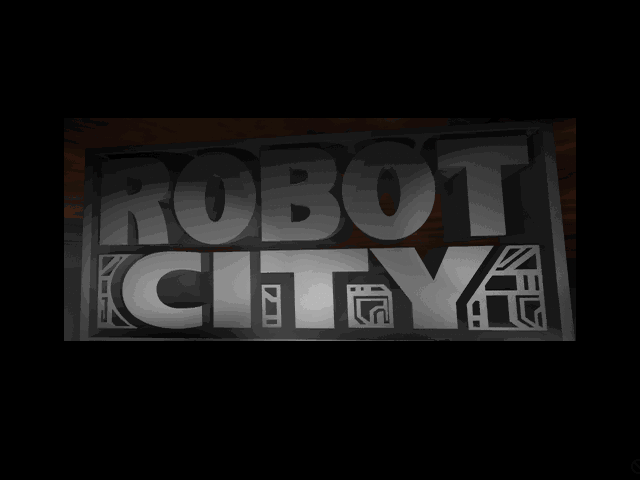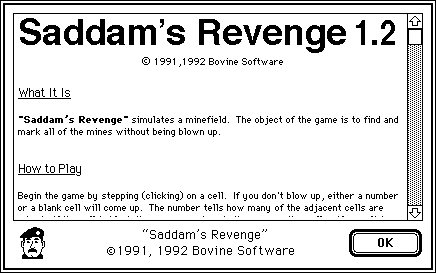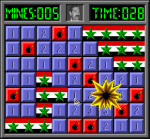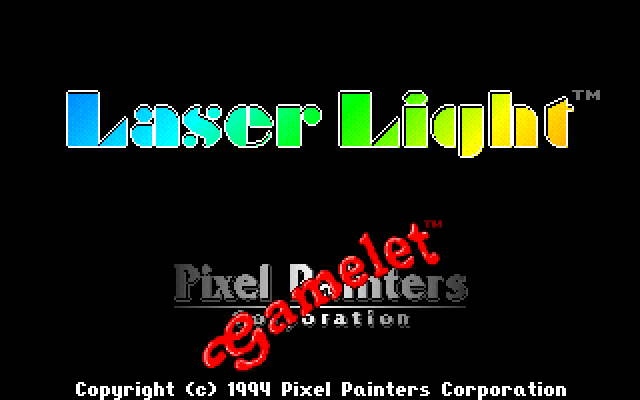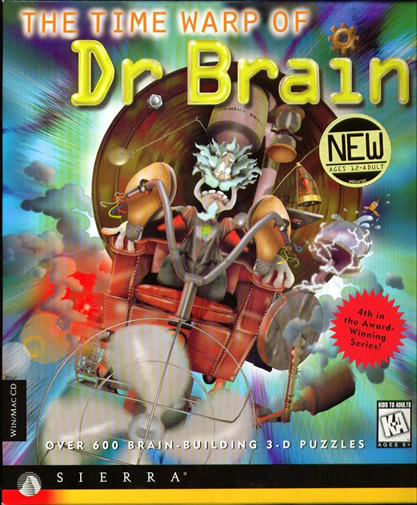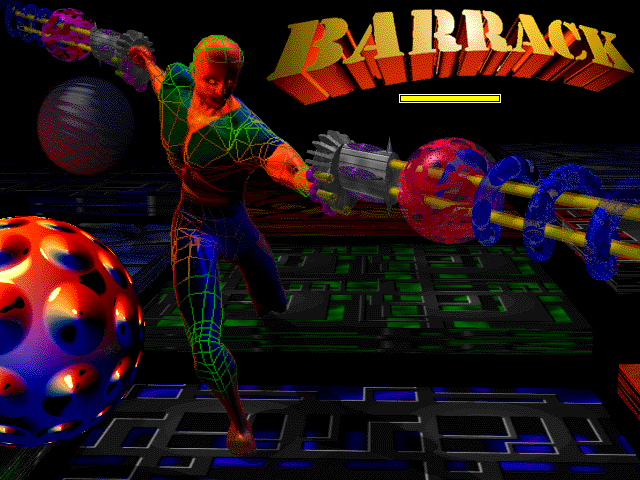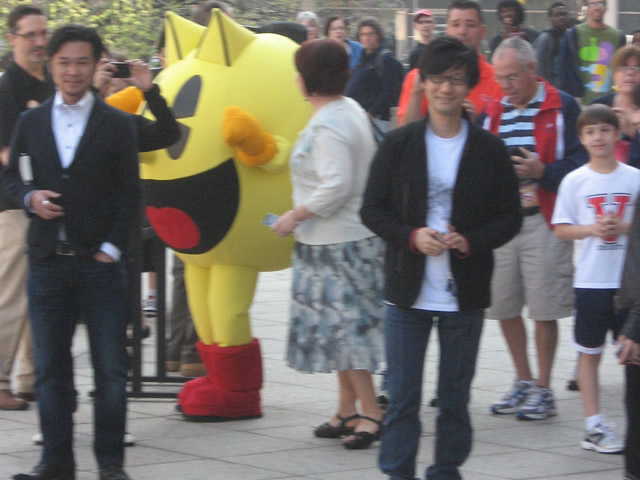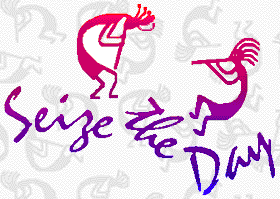Robot City 
Even people who have never read an Asimov story know of his famed Three Laws of Robotics, so ubiquitous that it would be redundant to list them. Asimov’s robots took on life and popularity beyond his novels and short stories, which eventually led the author to commission a series of books based on his famous motifs. The Robot City series acted almost like a perfunctory exercise in testing the Laws of Robotics in extreme circumstances, but it at least did so in the dressings of a murder mystery.
The game adaptation of Robot City is inherently more interesting. The game mines a surprising level of narrative intrigue out of the Three Laws, chiefly because you can interact with the robots rather than just reading about their reactions. In the process, Robot City nearly perfects the art of the dialogue puzzle. So let’s never speak of the devastatingly slow exploration sequences tucked in-between the puzzles.
…I suppose that now we have to, huh? » Read more about Robot City

